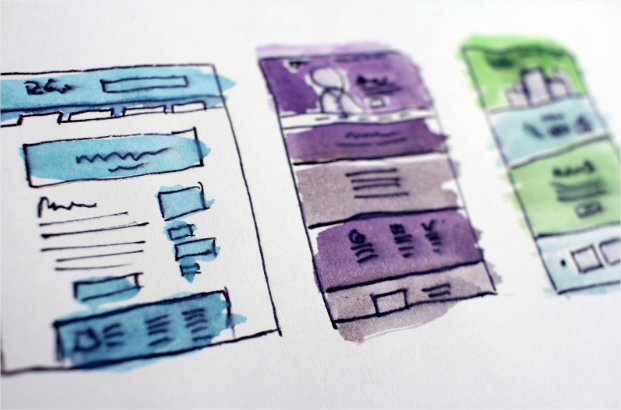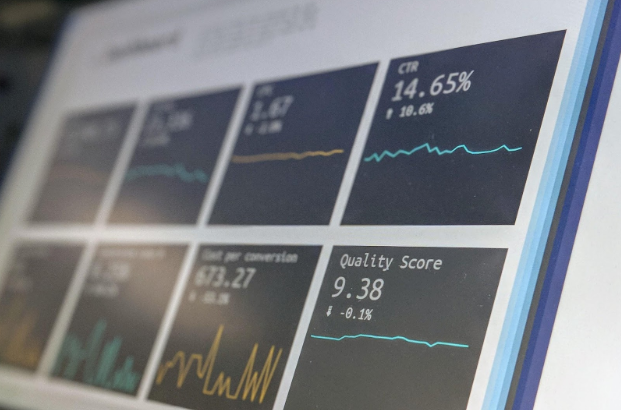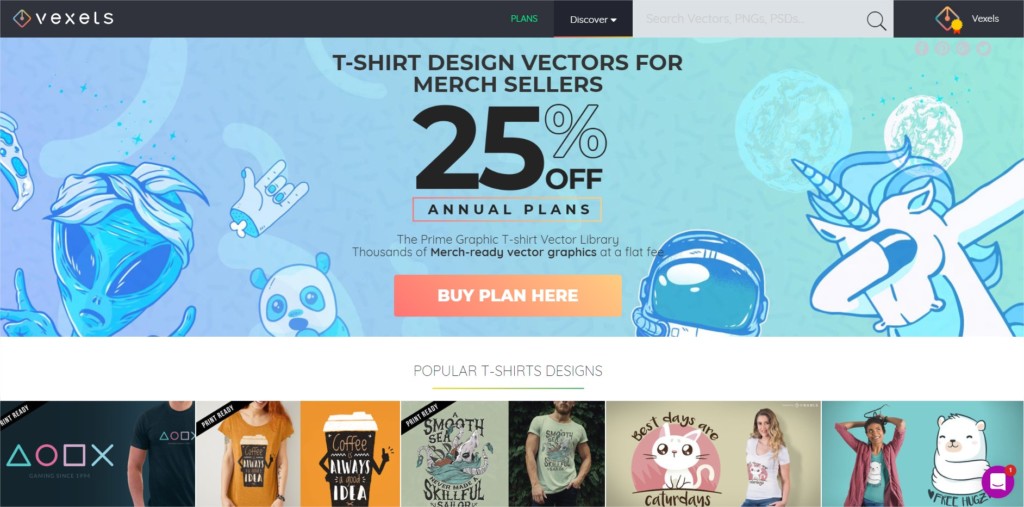This is a guest post by Rodney Warner, Team Leader at Connective Web Design.

What is bounce rate anyway?
According to Wikipedia:
“Bounce rate is the percentage of visitors who enter the site and then leave (“bounce”) rather than continuing to view other pages within the same site.”
Basically, it’s a stat that represents how many people bail after they first hit your website.
Working on your landing pages to reduce your bounce rate is one of the best things you can do to help out your bottom line. After all, you did work hard to get the traffic in the first place. Now you will want to do everything possible to keep them there.
Bounce Rate and SEO
There are many indications now to show that Google’s “RankBrain,” which helps to analyze a website’s usability metrics, such as time on site and bounce rate, will be affecting our search rankings.
It makes sense yeah? If people always hit the back button after clicking on your website, why would Google continue to show your web page as an option for that particular keyword?
Having an awesome wdesign and proper SEO isn’t enough anymore. You now also need to care about your landing page’s usability and how “sticky” your content is to help your rankings.
Let’s dig in!
Your 8 Step Program
Below are eight items that you can look at to help out with bettering your landing page’s bounce rate:
- Title Tag Crafting
- Keyword Targeting
- Page Speed (Load Time)
- Ads and Popups
- Readability
- Story Telling
- Web Design
- Multimedia
1- Title Tag Crafting – No False Advertising
Clickbait-y titles can be neat, but your title tag really needs to be representative of the page it’s on. Otherwise, you risk a swift bounce. If your title tag is “10 Amazing Web Design Examples” but the page is full of nothing but sales copy with no actual examples, then the user will most certainly hit their back button. False advertising basically.
Make your Title Tags read like interesting magazine headlines BUT also make sure that they accurately describe what the visitor is in for if they do click them. Otherwise, bounces will ensue.
2- Keyword Targeting – Are People Finding What they’re Looking For?

Similar to the above point. Even if you’ve found a keyword that may have good search interest and little competition doesn’t necessarily mean that you should target your page around it. If you end up ranking for the keyword, but your page isn’t really about it, then you will get bounces. Doing this will hurt your SEO more than what you thought you would be helping with your clever keyword choice.
3- Page Speed (Load Time) – Don’t Make Them Wait!
Probably the most critical point on this list is to make sure that your website is fast to load. If you make a visitor wait because your page optimized for speed they will 100% bail. No one has the patience today, and a slow site is, at this point, unacceptable.
Plug your website into one of these tools and see how you do:
4- Ads & Popups – Visitor Killers
I’m firmly against popup ads and any user interface element that could impede the user from what they are trying to do. If the first thing a user gets is a popup asking for an email or a Facebook like or anything really you significantly increase your chances that the user will bounce.
If you need to do something like this, then try out something like HelloBar and set it to trigger only on exit intent.
5- Readability – Is Your Content Scannable?
If your content resembles a wall of text, then people will likely hit the back button. Your content needs to be easily scannable. It should be broken up by headings, lists, media and make it very easy for people to get an overview of what they are in for.
People tend to skim through web pages cherry picking the parts that interest them. You need to draw people into different parts of your page. Someone can read one section and then scroll back up to read deeper into another headline that caught their eye. If you don’t set up your page like this people will feel overwhelmed and consume none of it.
6- Storytelling – Is Your Story Interesting?
The longer someone stays on your page, the better right? The text on your page needs to be compelling and not just a bunch of SEO drivel. You need to draw people in with your introduction. You need to keep up the anticipation throughout. You need to make your readers feel like they are part of the story. Your copywriting needs to not suck basically!
7- Great Web Design – At a Glance, Can They Trust You?
You don’t need to be a web design expert to recognize professional design. There is something in each of us that will notice and judge a website design within a split second and categorize it as “professional” or not. For me, if I have any feeling that the site that I’m on isn’t legit, I will leave.
I think poor web design sends signals that the owner isn’t professional enough to care about their own marketing, and if that’s the case, then what could happen to you as their customer? The website doesn’t need to win awards, but you need to take the time to have a proper web design if you want your landing pages to work.
8- Multimedia – People are Visual. Play to That.

Anything that can help catch the eye and keep a visitor on the page longer the better. Sprinkle relevant, high-quality images throughout your content to keep people interested. Get some custom graphics made and utilize some high-quality vector to reinforce what you’re trying to say. Make a graph. Make a chart. Embed a video. Do something more interesting than just a wall of text.
Using a multimedia elements here or there also will help break up your text making it more scannable (See tip #5). It will likely help you rank in the search engines better as well. Having multimedia will show Google that your content is more “complete” and thus look at your page as being more authoritative.
Conclusion
Too often these days people are just trying to churn out content and not put the work and effort in to make it good. There are 1.8 BILLION websites on the internet right now. People have no time for sub-par material. We have to work much harder now than before to keep a reader’s interest and even more yet to turn that visitor into a customer.
I hope the above info will give you some tips to help reduce your bounce rate and make your landing page work harder for you.
Any other tips you guys have to help better a landing page’s bounce rate?





